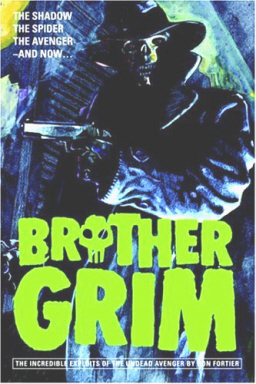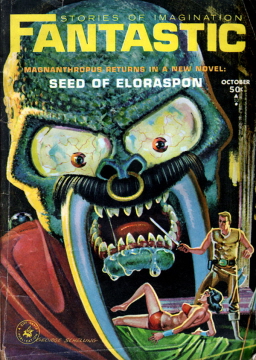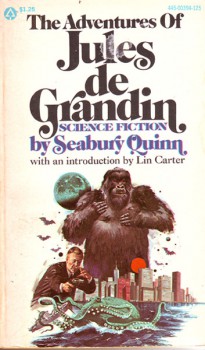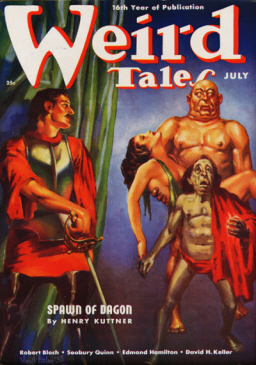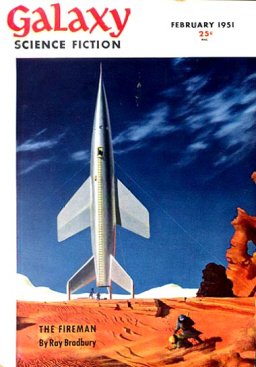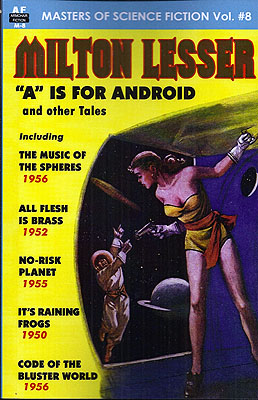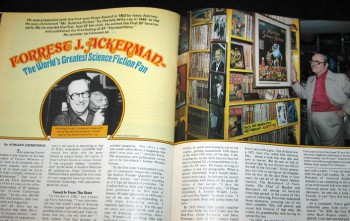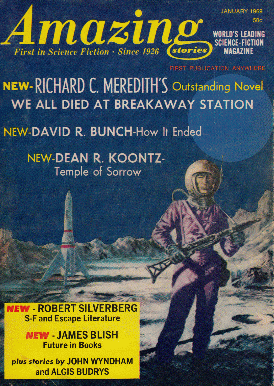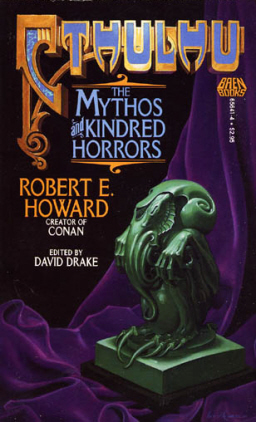Vintage Treasures: The Radio Beasts by Ralph Milne Farley
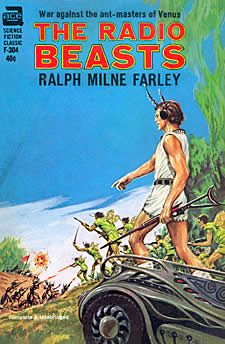 Last month I wrote a brief piece on Ralph Milne Farley’s pulp novel An Earth Man on Venus, originally published as The Radio Man in Argosy magazine in 1924.
Last month I wrote a brief piece on Ralph Milne Farley’s pulp novel An Earth Man on Venus, originally published as The Radio Man in Argosy magazine in 1924.
As part of the research I dug a little into Farley, and discovered his real identity was Roger Sherman Hoar, state senator and assistant Attorney General for the state of Massachusetts.
I also discovered he produced seven (!) sequels over the next three decades: The Radio Beasts (1925), The Radio Planet (1926), The Radio Flyers (1929), The Radio Menace (1930), The Radio Gun-Runners (1930), The Radio War (1932) and The Radio Minds of Mars (1955).
That’s a lot of radio action.
A lot of things have changed since the 1920s. But one aspect of pop culture remains consistent: when a property has seven sequels, someone somewhere made a lot of money.
We can safely assume that by the time The Radio Minds of Mars (great title) appeared in 1955, America had had its fill of radio adventure. But in the intervening years, the Radio novels were a hot property.
The Radio Beasts affirms that. It had multiple editions, beginning with its 1925 four-part serialization in Argosy All-Story Weekly. It was reprinted (in one installment) in Fantastic Novels Magazine in January 1941 — with a Frank R. Paul cover, no less.
